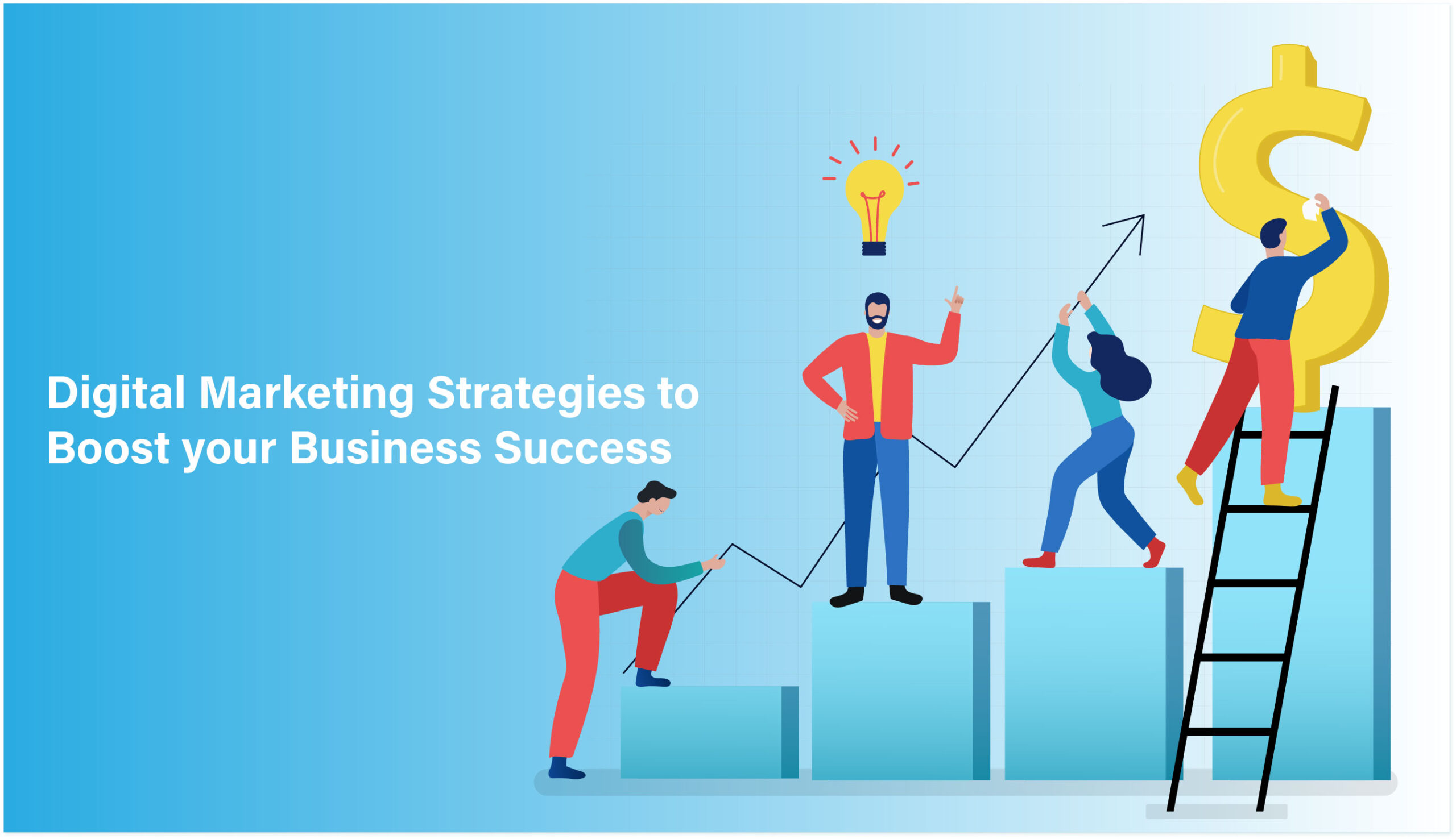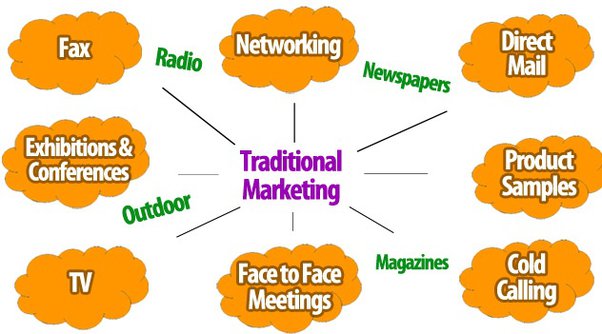Utilizing digital marketing strategies effectively can help your business reach and engage with your target audience, drive traffic to your website, generate leads, and ultimately increase sales and revenue. Here are some key steps to help you leverage digital marketing strategies for your business:
Set Clear Goals and Objectives:
Define specific, measurable, achievable, relevant, and time-bound (SMART) goals for your digital marketing efforts. Whether it’s increasing website traffic, improving conversion rates, or growing your social media following, clarify your objectives to guide your strategy.
Know Your Target Audience:
Understand your target audience’s demographics, interests, behaviors, and preferences. Develop detailed buyer personas to segment your audience and tailor your digital marketing efforts to resonate with their needs and motivations.
Create Compelling Content:
Develop high-quality, relevant, and engaging content that provides value to your target audience. This could include blog posts, articles, videos, infographics, podcasts, webinars, and social media posts. Use storytelling, visuals, and multimedia formats to capture attention and inspire action.
Optimize for Search Engines (SEO):
Improve your website’s visibility in search engine results pages (SERPs) by optimizing for relevant keywords, creating high-quality content, and improving website performance. Implement on-page SEO techniques such as keyword research, meta tags, headers, and internal linking, as well as off-page SEO strategies such as link building and online reputation management.
Engage on Social Media:
Build a strong presence on social media platforms where your target audience is active. Share valuable content, interact with followers, and participate in conversations to build relationships and brand loyalty. Use social media advertising to target specific demographics, interests, and behaviors and amplify your reach and engagement.
Implement Email Marketing:
Develop an email marketing strategy to nurture leads, promote products or services, and maintain customer relationships. Segment your email list based on demographics, preferences, and behavior to deliver personalized, relevant content. Use automation tools to send targeted messages, follow up with prospects, and measure campaign performance.
Utilize Pay-Per-Click Advertising (PPC):
Launch targeted PPC advertising campaigns on search engines (e.g., Google Ads) and social media platforms (e.g., Facebook Ads, LinkedIn Ads) to drive traffic, leads, and sales. Use keyword targeting, ad copy optimization, and audience segmentation to maximize the effectiveness of your PPC campaigns and achieve your marketing goals.
Monitor and Measure Performance:
Track key performance indicators (KPIs) such as website traffic, conversion rates, click-through rates, engagement metrics, and return on investment (ROI) to evaluate the effectiveness of your digital marketing efforts. Use analytics tools and dashboards to monitor performance, identify trends, and make data-driven decisions to optimize your strategy.
Test and Iterate:
Experiment with different digital marketing tactics, messaging variations, and channel combinations to identify what resonates most with your audience. Conduct A/B testing, split testing, and multivariate testing to optimize your campaigns and improve results over time.
Stay Informed and Adapt:
Stay updated on digital marketing trends, best practices, and emerging technologies to stay ahead of the curve and remain competitive in the digital landscape. Adapt your strategy based on changing consumer behavior, market dynamics, and industry developments to maximize your digital marketing impact.
By following these steps and taking a strategic approach to digital marketing, you can effectively leverage digital channels and tactics to grow your business, engage with your audience, and achieve your marketing objectives in today’s digital age.









